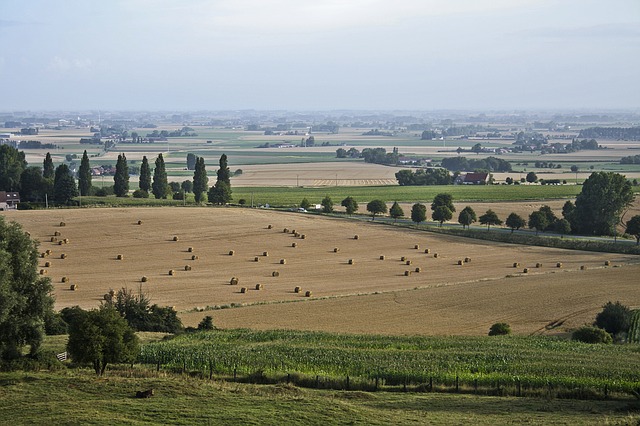The 100 largest agricultural cooperatives in the world are based in Europe. This continent dominates the market, ranking 62 cooperatives in the top 100 worldwide. Europe’s economic dynamism can be explained in particular by its historical roots. For example in France, cooperative farming brings together 2,750 businesses and 600,000 men and women. Nearly three quarters of French farmers belong to at least one cooperative. As an illustration of its great diversity, cooperative farming is present in all regions of France, operating in a multitude of sectors, from microbusinesses to groups with an international reach.
European Seed (ES): Can you explain a bit more why the agricultural cooperative model is the predominant model in France?
Christian Pees (CP): The agricultural cooperative model in France was born out of different agricultural crises in the 19th century where it became obvious that farmers had to create groups in order to be economically stronger.
Today, cooperatives are major actors in the field of economic development and food security. They have expanded internationally and have allowed farmers to be more in control economically. France represents a quarter of cooperatives’ revenue in Europe.
ES: Why is it beneficial for seed companies to be part of this model?
CP: In the 1950s Euralis had understood the power of genetics to improve our members’ revenue with the sales of seeds and the increase of cultivated surfaces for farmers. Our predecessors launched one of the first programs of private research for seeds in Europe.
ES: What do you think can be improved to the cooperative model?
CP: The more we enter the international market, the more we have to make sure that our farmers’ members remain in control of our future.
ES: What is the benefit for the farmers?
CP: Cooperatives’ members are farmers. Our job is to be profitable so that we can share earnings with them, not with stakeholders.
ES: Can you name some achievements that came through the model, which would not have been possible in other models?
CP: The cooperative Agrial, for example, is one of them, it is an interesting cooperative with a very large vegetable market in Europe, but more broadly the achievement of the cooperative model is to work for the longer term, without an obsession with the stock market every three months. Of course we have to make benefits, but we have more time for a market that is the same for everyone. It allows us to be more performant economically.








